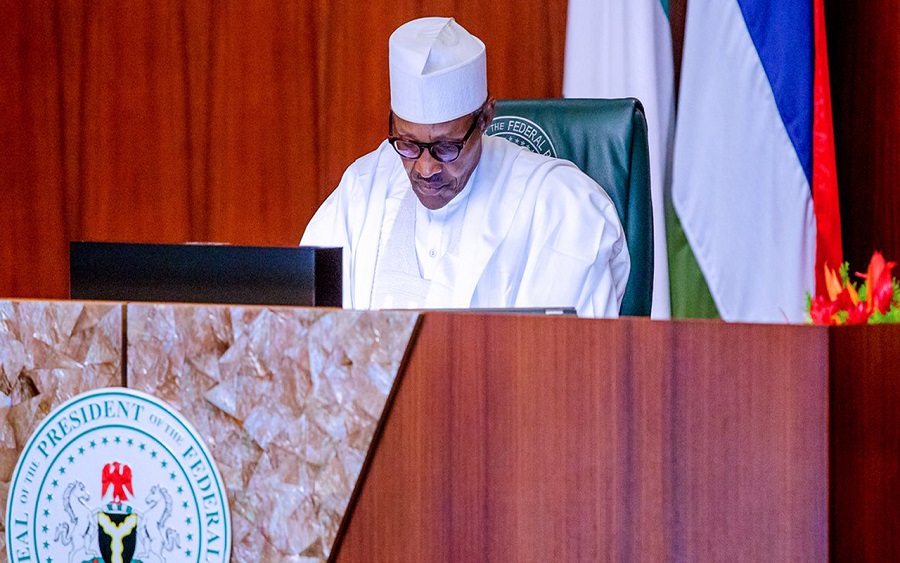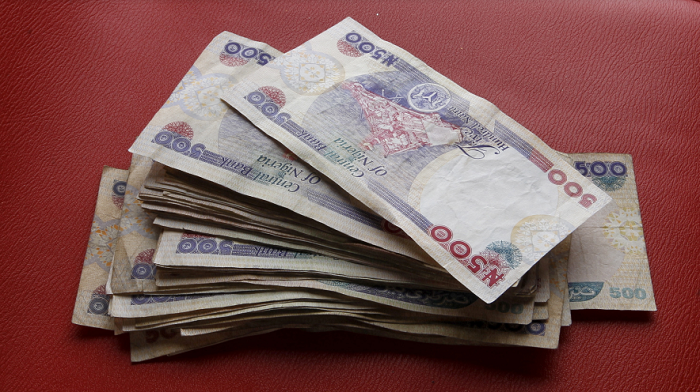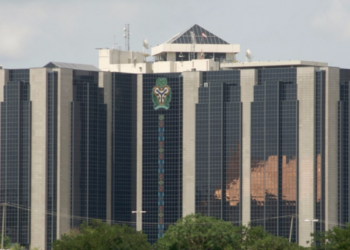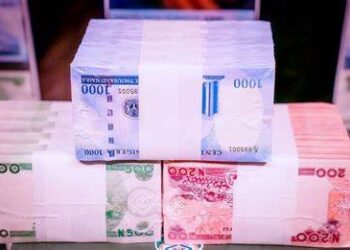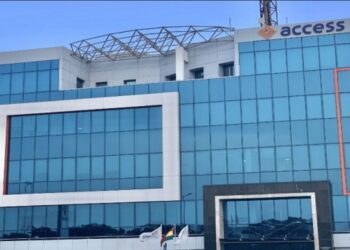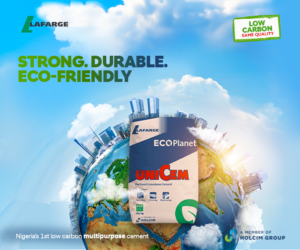In 1980, the Federal Government decided that a local car should be built; they chose four organizations to build the car – Kwara State Polytechnic Ilorin (KSP), Ahmadu Bello University (ABU), Zaria, PRODA in Enugu and ADDIS Engineering Company in Lagos.
KSP was to design and construct the chassis and body of the vehicle, ABU was to design the engine, while PRODA and ADDIS were to assemble the car. KSP not only designed and constructed the chassis and body of a 3-wheel vehicle, but went on to assemble and test drive the 3-wheeler. No… not a typo, a “Keke Marwa!”
Why did Nigeria get a “Keke Maruwa” when she wanted a car? Well, Nigeria never planned for a car; she just had a vision for a car.

A new government came in and the car vision was abandoned. What has been the effect of this lack of locally manufactured cars? As at 2019, Nigeria had a N1.08 trillion import bill for used cars and motorbikes. Had the country devised a plan to continue to fund the Nigerian car vision from 1980, maybe she would have created a local Keke industry.
In managing any organization to deliver success, there is a process. The process starts from articulating a Vision to a Strategic Plan, and then an Annual Budget.
[READ MORE: Budget Review: Several infrastructure projects stalled)
Nigeria? Well, Nigeria has the Vision 20:2020, which has a 3-year strategic plan, the Medium-Term Expenditure Framework (MTEF) and the Economic Recovery and Growth Plan, then annual budgets. According to the Fiscal Responsibility Act, the Executive MUST submit an MTEF. As at today, the vision of Nigeria remains the Vision 20:2020, which can be seen on the Ministry of Budget and Planning website.
Second Story
In 2011, I watched the then CBN Governor, Sanusi Lamido Sanusi, and the Coordinating Minister of the Economy, Ngozi Okonjo Iweala, in Lagos attempt to make the simple mathematics case that subsidizing PMS imports was draining our $ reserves. Nigerians disagreed in 2012, and ‘occupied” and the subsidy continued.
However, let’s examine this closely, the first Medium Term Development Plan of the Vision 20:2020, i.e. from 2010-2013, called for the removal of fuel subsidy. Citing the need for continued fiscal reforms by reordering and re-prioritizing expenditure, fuel subsidy was proposed to be removed. Nigeria was to save an estimated N1.50trillion (using highest 2009 exchange rate of N177 that’s almost $9 billion savings!) In this regard, the administration had a vision– a strategic plan, which clearly recommended removal of subsidy– but it did not implement it fully. The budget did not receive the planned revenue.
Thus, the removal of subsidy was a carefully thought-out plan, was partially implemented. From April 2018 to March 2019, the NNPC spent N650 billion on PMS subsidy. This figure is more than the capital allocation to the Ministry of Works, Power, Education and Defense COMBINED.
READ MORE: Worry, as Coronavirus threat pushes oil price below budget benchmark

Now the 3rd story
As at 2007, perhaps only two car manufacturing plants in Nigeria were alive, but on life support– the PAN in Kaduna and Anamco in Enugu. Most new cars in Nigeria were fully imported.
In 2009, The Vision 20:2020 recommended that the federal government should intervene and revamp the automobile manufacturing sub-sector by, among other measures, reducing payment of customs duties and other charges on raw materials for local content to 0%.l, ensuring customs duty differential on fully built units (FBUs) between manufacturing and non-manufacturing importers favoured manufacturing importers. This Vision 20:2020 recommendation was inputted in the “automotive policy as part of the Nigeria Industrial Revolution Plan (NIRP)” in 2014.
The auto policy slashed import duties for completely knocked down parts (CKD) and semi-knocked down parts (SKD) as recommended. Then in the 2014 budget, we saw key earmarks: a N7 million to “buy made-in Nigeria products,” another N16 million to support backward integration for the NIRP, and N16 million to develop a 4-stroke 800cc local engine. These appropriations are tied to the NIRP, which is tied to the Vision 20:2020. Clearly, a vision, a strategic plan, and then funds were appropriated in the budget to develop the plan.
READ MORE: Nigerians spend $14 billion on generators, fuel
The effect?
According to the Director, Policy and Planning at the National Automotive Development and Design Council (NADDC), Mr. Luqman Mamudu, Nigeria’s automotive industry has attracted investments worth up to $128 million, and an estimated $50 million has been committed on land space and infrastructure from 2013. Car manufacturers such as Ford, Nissan, Peugeot, VW, Hyundai Kia Tata, etc., have all come to Nigeria to set up assembly plants.
Therefore, vision and planning are very important and this is why strategic planning must be linked to annual budgets. The budget only funds the plan, it cannot as a document “float”. President Buhari has been very clear on his “vision”– he wants to create jobs. He has gone further to say he will create jobs in Agriculture and Mining to diversify the economy away from crude oil.
Brilliant!
The ERGP has, among her key execution priorities, “achieve agriculture and food security” … let’s look at the 2020 budget…

What’s the sectoral allocation to Mines and Steel Development? N20 billion. Let’s compare this to the allocation to, say Information…at N52 billion… if the strategic plan is to create jobs via Mining, why is information getting more in the budget than Mining? In this case, the 2020 budget is not following the strategic plan.
If Nigeria is adopting and continuing with the Vision 20:2020, then perhaps a revision is needed to update the targets and milestones.
God does not give a nation orange juice; he gives them oranges. Nigeria is the largest economy in Africa, has the largest population in Africa and sits on the largest crude oil deposit in Africa, with the most educated diasporas from Africa. However, these are all factors of production; its vision, backed by a plan that converts population to a prosperous middle class and crude oil to petrol.
We must write a plan to make orange juice out of our oranges. This is our problem; we will fix it…

